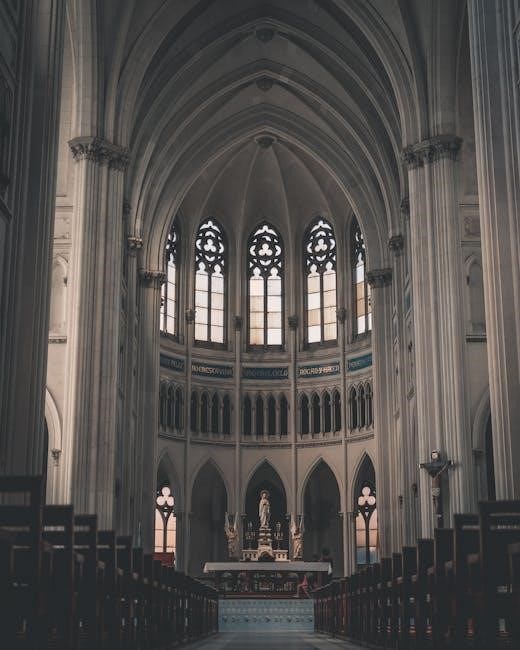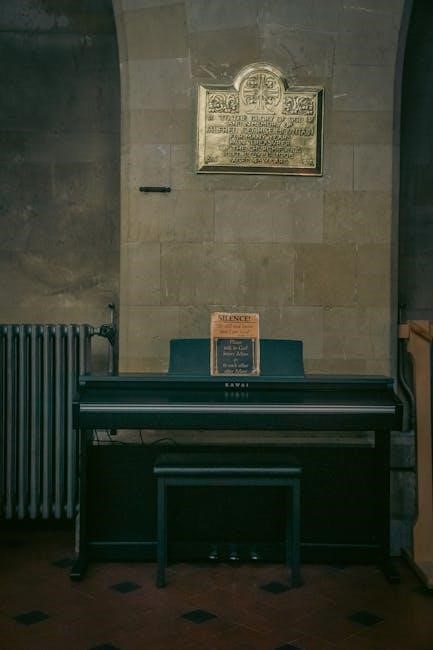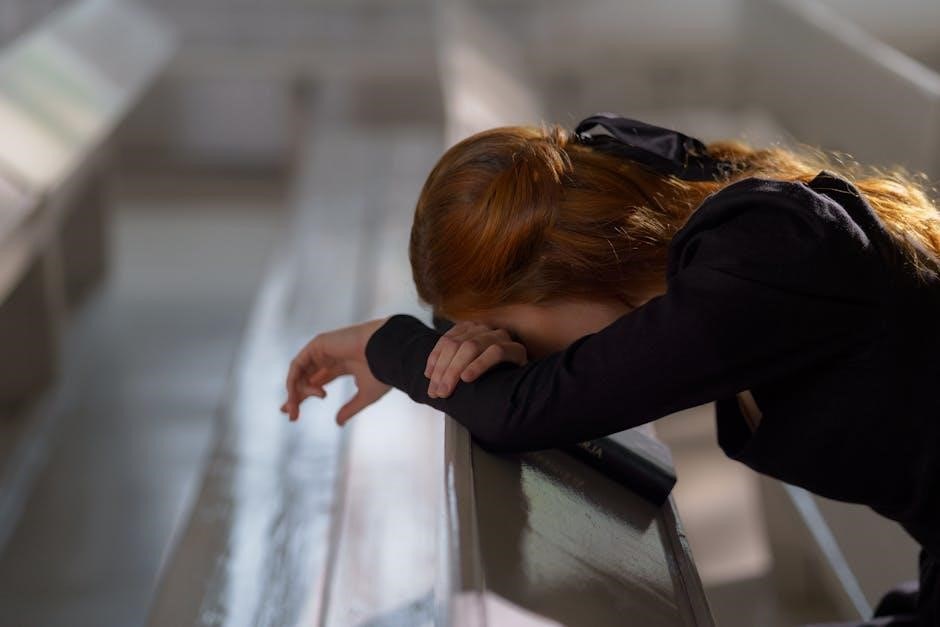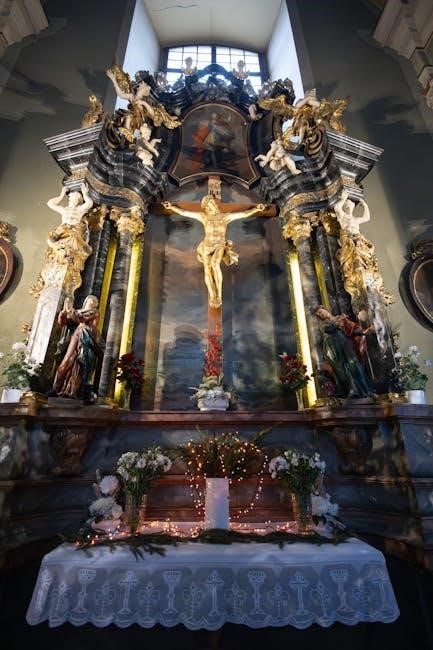
without sanctuary pdf
Without Sanctuary: Lynching Photography in America ⎼ An Overview
“Without Sanctuary: Lynching Photography in America” unveils the stark reality of racial terrorism through lynching photographs. It exposes a dark chapter in American history, revealing the brutal violence inflicted upon African Americans and the pervasive culture of impunity that surrounded it. The collection serves as a visual testament to the horrors of lynching.
“Without Sanctuary: Lynching Photography in America” is a harrowing exploration of racial violence in the United States. The book presents a collection of lynching photographs, postcards, and related materials. It offers a disturbing visual record of a dark chapter in American history, challenging viewers to confront the brutal reality of racial terrorism. The exhibit, curated by James Allen and Julia Hotton, features stark images and poignant commentary. It is an educational tool, forcing viewers to confront the atrocities of the past. The work includes essays by Hilton Als, Leon Litwack, and Congressman John Lewis, adding depth and context to the images. It serves as a powerful reminder of the urgent need for racial justice.

The Historical Context of Lynching Photography
Lynching photography emerged as a disturbing practice, documenting acts of racial terror against African Americans. These images, often sold as postcards, reflected and perpetuated a culture of violence and impunity in America.
The Role of Photography in Documenting Lynchings
Photography played a crucial and disturbing role in documenting lynchings in America, capturing the gruesome acts and the celebratory atmosphere surrounding them. These images served not only as records of the violence but also as tools of intimidation and racial control. The photographs were often turned into postcards and circulated widely, further perpetuating the culture of terror and reinforcing white supremacy. These postcards and photographs were made to capture the execution itself, but also the carnival atmosphere and the mood of the crowd, as in the lynching of Thomas Brooks. They became a chilling testament to the era’s racial hatred.
James Allen and the Creation of the Book
James Allen meticulously compiled lynching photographs, driven by a commitment to confront America’s history of racial violence. His dedication culminated in “Without Sanctuary,” a powerful and disturbing visual record of these atrocities.
Allen’s Motivation and Collection of Lynching Photographs
James Allen’s motivation stemmed from a deep sense of injustice and a desire to expose America’s hidden history of racial terror. He recognized that lynching photographs, often circulated as postcards, served as both documentation and celebration of these heinous acts. Allen painstakingly collected these images, rescuing them from obscurity and transforming them into a powerful archive of systemic violence. He sought to create a visual record that would force viewers to confront the brutal reality of lynching and its lasting impact on American society. His efforts aimed to challenge the silence surrounding this history and promote awareness of the pervasiveness and the horror.

The Content and Impact of the Photographs
The photographs in “Without Sanctuary” depict the gruesome reality of lynchings, showing the victims, the perpetrators, and the celebratory crowds. Their impact is profound, forcing viewers to confront America’s history of racial violence and injustice directly.
The Gruesome Reality Depicted in the Images
The images within “Without Sanctuary” unflinchingly showcase the barbarity of lynchings. Victims are displayed hanging from trees, mutilated, and burned, often with smiling crowds posing for photographs. The stark contrast between the celebratory atmosphere of the onlookers and the horrific suffering of the victims reveals the dehumanization inherent in these acts of racial terrorism. These photographs serve as irrefutable evidence of the violence inflicted upon African Americans and the deep-seated racism that fueled it. They force viewers to confront the brutal truth of America’s past, challenging any attempts to sanitize or ignore this dark chapter in history. The images are disturbing and unforgettable.

Essays and Commentary within “Without Sanctuary”
“Without Sanctuary” contains essays from Hilton Als, Leon Litwack, and John Lewis, offering context to the photographs. These essays add depth to the images and provide crucial historical context.
Contributions by Hilton Als, Leon Litwack, and John Lewis
The essays within “Without Sanctuary” enrich the photographic narrative with diverse perspectives. Hilton Als contributes insightful cultural commentary, exploring the psychological impact of lynching photography. Leon Litwack provides historical context, detailing the systemic racism that fueled these acts of violence. John Lewis, a civil rights icon, offers a personal reflection on the legacy of lynching and its continued relevance today. Their combined voices deepen the understanding of the photographs. This showcases the brutality of the lynchings. Their contributions amplify the books message and underscores the need for remembrance.
The Exhibition of “Without Sanctuary”
The exhibition of “Without Sanctuary” brought the harrowing images to a wider audience, sparking both public engagement and controversy. The exhibit forced viewers to confront America’s violent racial past, prompting dialogue and reflection on its enduring impact.
Public Reception and Controversy Surrounding the Exhibit
The “Without Sanctuary” exhibition evoked strong reactions, ranging from profound grief and outrage to denial and discomfort. Some viewers found the images deeply disturbing, questioning the ethics of displaying such graphic content. Others praised the exhibit for its unflinching portrayal of racial violence. It brought the conversation about lynching and its impact to the forefront.
The exhibit sparked debates about historical memory, racial reconciliation, and the role of photography in documenting atrocities. Some deemed it necessary to confront the past. Others felt it was an exploitation of Black suffering. News media reported people being in disbelief of the violence.
The Legacy and Ongoing Relevance
“Without Sanctuary” continues to resonate today, reminding us of the enduring impact of racial violence. It prompts reflection on systemic injustice and the importance of confronting uncomfortable truths to foster a more equitable future.
“Without Sanctuary” as an Educational Tool
“Without Sanctuary” serves as a potent educational resource, offering a visceral and unflinching look at America’s history of racial violence. The book and exhibition prompt critical dialogue about systemic racism, historical trauma, and the importance of remembrance. By confronting these disturbing images, viewers are encouraged to engage with the complexities of American history and to consider the ongoing struggle for racial justice. The collection’s disturbing legacy of lynching photography serves as a stark reminder of the need for continued vigilance against prejudice and discrimination, fostering a deeper understanding of the past to inform a more equitable future. It will evolve into an educational tool.

Ethical Considerations and Viewer Response
The ethical implications of displaying lynching photography are significant, raising questions about exploitation, respect for victims, and the potential for retraumatization. Viewer responses are varied, ranging from outrage and grief to denial and disbelief about the american holocaust.
The Disturbing Legacy of Lynching Photography
Lynching photography serves as a chilling reminder of America’s history of racial terror. These images, often circulated as postcards, normalized violence and perpetuated a culture of white supremacy. The photographs document not only the gruesome acts themselves but also the celebratory atmosphere surrounding them, highlighting the deep-seated racism within American society. The legacy of lynching photography forces viewers to confront the disturbing reality of racial injustice and its lasting impact on contemporary society. These images serve as a constant reminder of the past and a call to action to address ongoing issues of racial inequality. The photographs bear witness to an American holocaust.
